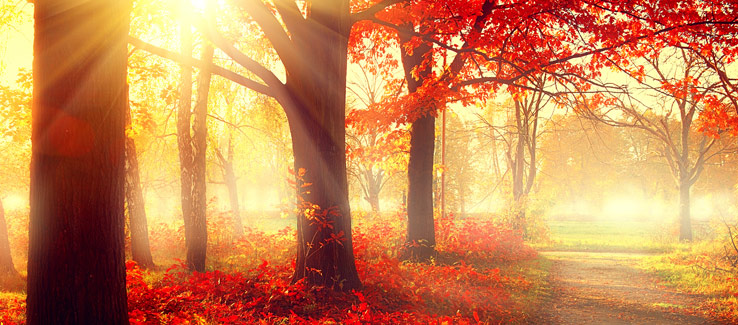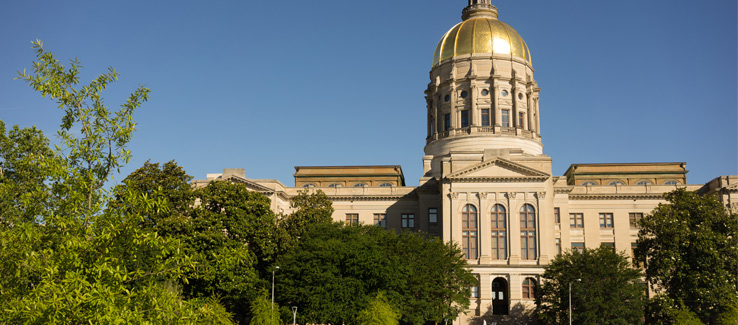3 Atlanta Georgia Tree Replanting and Recompense Recommendations
In Atlanta Ga, tree planting or replanting frequently follows tree removal for construction projects or landscaping makeovers. When trees are removed for these and other purposes, the City of Atlanta tree ordinance imposes fines (known as recompense) that may reach $1,000 or more per tree depending on the tree’s size. Here’s more information about the recompense regulations fasttreeremovalatlanta.com/city-atlanta-tree-recompense-removal-fine.
Atlanta strives to achieve zero canopy loss in its urban forest. Forest restoration or the planting of trees helps alleviate the imposed recompense fine and restore the overall canopy.
The City of Atlanta Tree Planting List is a helpful document within the City’s tree ordinance that serves as a guide when deciding which species to plant. This is a link to an Atlanta tree ordinance summary fasttreeremovalatlanta.com/tree-ordinance-and-removal-permit. In this article we highlight 3 species native to the Piedmont region of Georgia, which includes the City of Atlanta.
Understory and Ornamental Sized Trees – Flowering Dogwood
Reaching up to 30 feet in height, understory trees have the capacity to sustain roughly 400 square feet of canopy at maturity. Measuring a diameter-at-breast-height (DBH) of less than 15 inches, recompense credit for these trees is only permitted when site conditions cannot support the planting of mid-story and overstory trees.
Flowering Dogwood – (cornus florida) is a deciduous understory tree native to the Georgia Piedmont region. This species flowers in mid to late spring and bears fruit in the late summer to early fall, providing an important food source for a variety of bird species which then spread the seeds.
Morning sun, afternoon shade, and moist acidic soil compose the ideal environment for the flowering dogwood. These trees are best acclimated to hardiness zones 5 through 9. Care should be taken to avoid trunk or root damage in any form, as this will greatly increase the tree’s susceptibility to pest infestation and disease.
The popularity of the flowering dogwood within Atlanta is evident and a tree seen throughout Atlanta suburbs and local City parks.
Mid-Story or Mid-Canopy Sized Trees – Red Maple
Reaching 60 feet in height, mid-story or mid-canopy trees have the capacity to sustain roughly 900 square feet of canopy at maturity. Measuring a diameter-at-breast-height (DBH) of 10 to 25 inches, recompense credit for these trees requires a spacing minimum of 25 feet on center between replacement and existing trees.
Red Maple – (acer rubrum) is a deciduous mid-story tree native to the Georgia Piedmont region. Often used as a shade tree (with intense red fall foliage and striking form), the red maple is one of the most commonly planted trees of Central and North America. Commercially used (on a small scale) for maple syrup production, this species is also harvested for its medium to high quality lumber.

With an uncanny ability to thrive in a wide variety of elevations, pH levels, and soil types, the red maple is among the most populous of trees found in North America. When germinating from seeds, moist mineral soil is the best selection. After which, its ideal growing condition is in locations with well-drained moist soil.
Being very tolerant of pollution and road salt, red maples are a choice tree for urban landscaping where there is enough space for its wide reaching root system. These maples are able to better thrive along city streets when the roots are cultivated by mycorrhizal fungi. However, as its root system can sometimes be invasive, planting near pavement or hardscaping may not be the wisest decision.
Overstory Trees – Black Oak
Reaching over 60 feet in height, overstory trees have the capacity to sustain roughly 1,600 square feet of canopy at maturity. Measuring a diameter-at-breast-height (DBH) greater than 25 inches, recompense credit for these trees requires a spacing minimum of 35 feet on center between replacement and existing trees.
Black Oak – (quercus velutina) is a deciduous overstory tree also native to the Georgia Piedmont region. This tree is found widespread in central and eastern North America and grows in all of the coastal states.
Its appearance resembles that of the red oak (quercus rubra) with which – on occasion – will hybridize. The fruit of the black oak (acorns) are an important food source for a wide variety of birds, rodents, and larger wildlife such as deer.
These trees contribute to their surroundings by providing shade and shelter to humans and animals, and provide twigs and leaves as food and supplies for nest-building birds. Being a large oak, they affect how water moves throughout its ecosystem and are avid participants in the global oxygen and carbon dioxide exchange.
This species has an average lifespan of around 200 years (California black oaks have been known to live up to 500 years), and grows best in well drained, warm, moist silty soils derived from glacial materials (limestone, sandstone, and shales).
The City in a Forest – Atlanta Tree Ordinance Protecting the Canopy
Atlanta is known as “The City in a Forest” and its tree ordinance sets down a strict set of guidelines for all of its trees. Whenever there is removal of a tree(s) in good health that poses no threat to people or structures, the ordinance is used to assess a recompense.
A recompense credit can be acquired when eligible and appropriate trees are planted to compensate for the trees that were removed. Using trees that are native to the Piedmont region of Georgia is highly recommended.
When planting a species not identified by the City of Atlanta tree planting list, the City’s arborist must approve the species before a recompense credit can be authorized. All of the aforementioned tree species are great suggestions for replanting, and can flourish in the City of Atlanta’s urban forest.
(404) 220-9965

